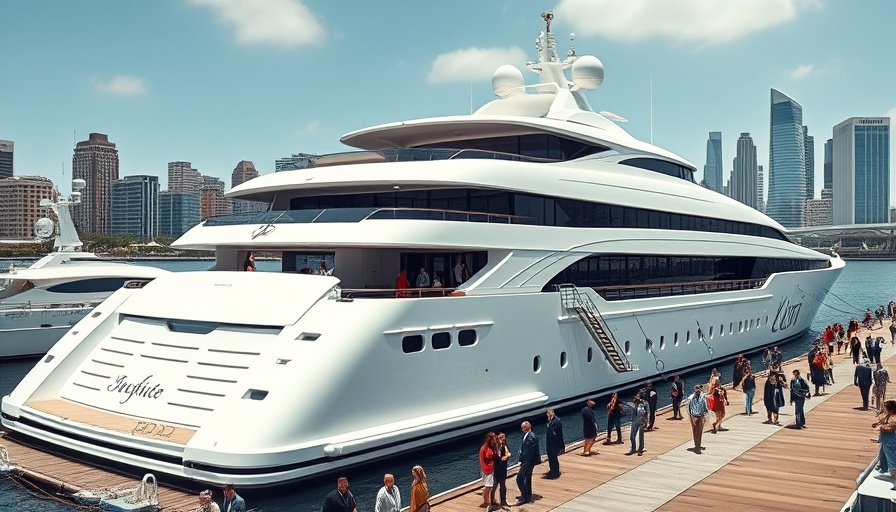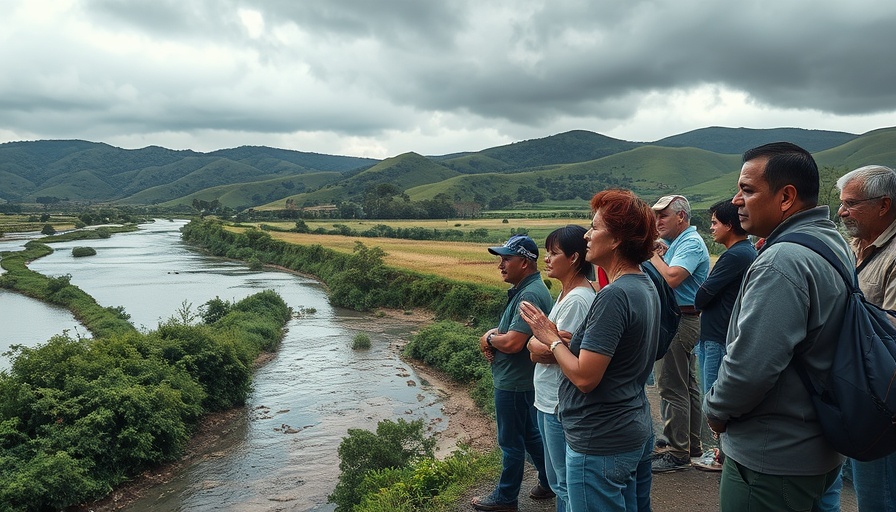
Chaos Unfolds as Mega-Yacht Strikes NYC Dock
In an alarming incident that has captured the attention of both the media and the public, a mega-yacht carrying 400 passengers crashed into a dock in New York City on June 21, 2025. The vessel, rather innocuously navigating the bustling waters, abruptly lost control, resulting in the alarming event at 130th Street, which injured nearly a dozen individuals. Thankfully, all injuries reported were of a minor nature, but the incident has raised numerous questions about safety standards and operational protocols in the city's busy waterways.
The Logistics of Mega-Yacht Operations
The operational complexities of a mega-yacht capable of housing hundreds of passengers are significant, particularly in an urban environment like New York City. These vessels often engage in high-capacity endeavors, catering to wealthy clients seeking luxury experiences. However, the sheer scale and size of these crafts pose unique risks, especially in areas with heavy marine traffic and limited maneuverability. The incident serves as a reminder of the vulnerabilities inherent to marine logistics and the need for stringent safety measures.
Public Reaction and Safety Concerns
Following the incident, public sentiment has resonated with the overarching concern surrounding safety and oversight in maritime operations. Local residents and regulars around the docks voiced their apprehensions about the regularity of large vessels in congested waters, shedding light on the apparent pressure for revenue generation versus safety. Community forums are now discussing potential new regulations to avoid future calamities, reflecting a growing awareness and readiness for change.
The Legal Framework Governing Marine Operations
The legal landscape surrounding marine operations is dense, with various regulations designed to ensure safety at sea. In the aftermath of this incident, legal experts are calling for a reassessment of existing laws governing the operation of mega-yachts in urban settings. Possible amendments could include stricter limitations on the size of vessels permitted to dock in certain areas, as well as comprehensive licensing procedures for operators. As similar events in various locales have shown, negligence in adhering to safety protocols can lead to devastating consequences, and maritime law is often slow to adapt to evolving industry standards.
Comparative Incidents: Learning from the Past
This crash is not an isolated event in the context of maritime safety; numerous comparable incidents have occurred globally. For example, a similar crash involving a cruise ship in San Francisco raised questions about the capacity of local infrastructure to accommodate large vessels. Each event carries lessons that can inform policies and improve safety protocols. By examining past incidents, stakeholders can identify risk factors and work proactively to address them through increased regulation and oversight.
Future Predictions and Opportunities for Improvement
As the maritime industry evolves, so too must the approach to safety, particularly in metropolitan areas. Experts predict a future where technology plays a pivotal role in ensuring safe navigation, with innovations such as automated docking systems and real-time safety monitoring being at the forefront. These advancements will not only enhance safety but also increase the efficiency of operations, allowing leisure crafts to cohabitate with commercial shipping traffic more harmoniously.
Conclusion: The Urgency for Change
This incident highlights pressing concerns regarding safety and oversight in the marine industry, particularly in vibrant urban settings such as New York City. Stakeholders, including local authorities, operational companies, and community members, must come together to reassess regulations governing marine operations. A commitment to prioritizing safety, informed by past incidents and new technological capabilities, will be essential in preventing future disasters. The public expects accountability as maritime activities continue to flourish in increasingly populated waterways.
 Add Row
Add Row  Add
Add 




 Add Row
Add Row  Add
Add 

Write A Comment